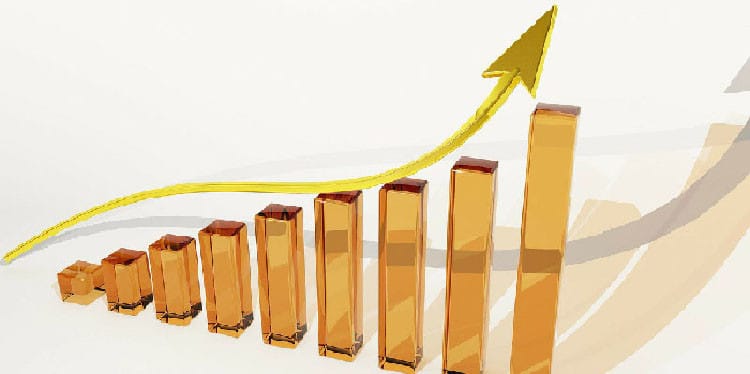Every business is always looking for ways to maximize savings and streamline operations for better spend management. Source to settle and procure to pay are two processes that allow enterprises to do just this. The term source to pay process is also used to encompass this entire process. However, have you ever wondered what the differences and or similarities are between these two operations? Let’s delve a little deeper to better understand the source to settle vs procure to pay.
Source to Settle Procurement Process
The source to settle process consists of seven major steps.
1. Strategic Sourcing
In this first step, the procurement team establishes the requirements of what they are looking for in potential vendors. Following this, RFIs are issued out to vendors in a bid to identify reliable suppliers. A company can choose to host sourcing events to attract a variety of suppliers. With RFX returned to the company, the sourcing and procurement teams can then start the evaluation process. Once vendors are chosen, they can then be awarded contracts. An initial Spend Analysis of the Company’s overall spending can further optimize the Strategic Sourcing process.
2. Contract Management
The second step in the source to settle process involves the management of the associated contracts with vendors. Procurement teams must negotiate finer details before the contracts can be signed and executed. Once signed, the contracts need to be effectively handled to ensure a good working relationship. Additionally, the use of contract management software can help with tracking of all contract documents along with reporting and expiration/renewal alerts.
3. Requisitioning
Throughout the year, procurement teams have recourse to shop or place purchase orders with selected vendors. Requests are submitted by different departments as requisitions. Once requisitions are approved, inventory can then be purchased.
4. Purchasing
The next step involves the creation of a purchase order aka P.O. Vendors ship and delivers goods to the buyer. The purchaser then issues a goods receipt. Supplier performance is also rated.
5. Payment
The buyer then receives an invoice for the goods delivered and or services rendered. The invoices are reconciled, and the purchaser pays their dues as stipulated in the contract.
6. Analysis
Because data drives the operations of most enterprises today, all the information pertaining to the entire source to settle process is captured so it can be analyzed in the future. This allows data-driven decisions to be made which can go a long way to improving efficiency in the process. Robust spend analysis software such as the one provided by ProcurePort can assist with the analysis.
7. Managing Suppliers
The last step in the source to settle process involves the management of suppliers. It’s always a good idea to have an internal database of suppliers, hence this step. This involves qualifying suppliers, onboarding them, and managing relationships with them, preferably using supplier management software.
Procure-to-Pay Procurement Process
When studying source to settle vs procure to pay, you will discover that there are a lot more similarities than differences between the two processes. Let’s now take a look at what is procure to pay.
1. Requisition Order Placed
Using procure to pay software, requests are made by employees about the resources they need. This is defined as a requisition.
2. Vendor Selection
Qualified vendors already in the purchaser’s database are contracted to fulfil the order. Procurement teams wait for requisitions to be approved so they can be fulfilled depending on the allocated spend budget.
3. Purchase Order Issued
Once approved, a purchase order (PO) is generated by the buyer and given to the supplier.
4. Receipt
The supplier prepares the desired goods and ships them off to the buyer who after receiving them, inspects them and acknowledges receipt to the vendor.
5. Invoice Received
The vendor then issues an invoice which is reconciled by the buyer. Reconciliation is the process that verifies that what was ordered is what was delivered. Once this is done payment can be processed.
6. Accounts Payable
The final step in the procure-to-pay cycle is the payment of the supplier for goods delivered and or services rendered.
Which Process to Use and When
Both processes as seen above, have many shared commonalities. So, when do you use source to settle and when do you opt for procure to pay in managing your supply chain?
In a nutshell, procure to pay is ideal for use with vendors who are familiar with a buyer’s procurement system. Buyers seeking to source optimally would be best off sticking with procure to pay as the model favors this type of operation.
Source to settle is a great alternative to procure to pay and is preferable if a company is looking to identify and qualify new vendors that can be added to its internal database.
The two processes don’t have to be completely separate. They can in fact be complementary with a source to pay acting as a prelude to procure to pay.
The bottom line where source to settle vs procure to pay is concerned is that both processes place a priority on creating value, improving efficiency, and mitigating procurement spends.
Invest in Cutting Edge Procurement Solutions
Sourcing and procurement teams now have access to an array of procurement software to help them mitigate organizational spending, improve efficiency within their procurement processes, and vendor management. ProcurePort proudly provides a suite of e-sourcing solutions that make handling vendor relationships easier including various procure-to-pay software. Contact us to discuss customized procurement solutions for your supply chain.










